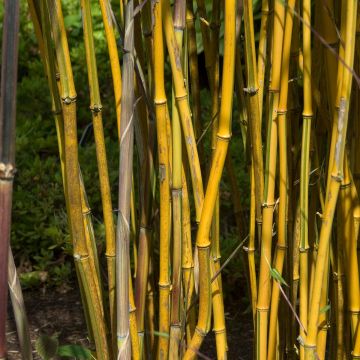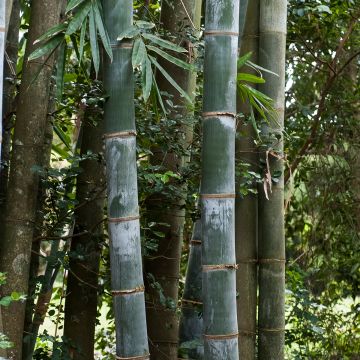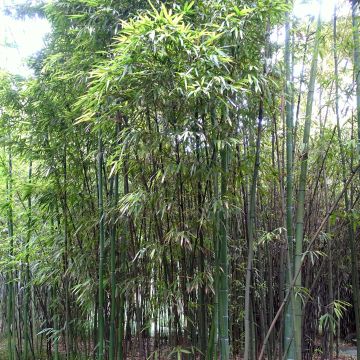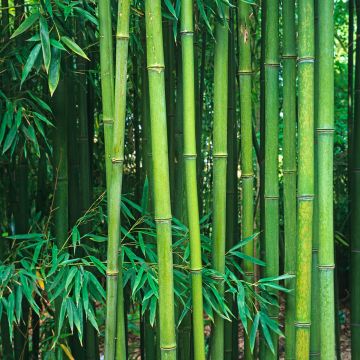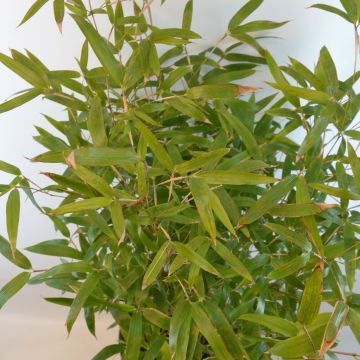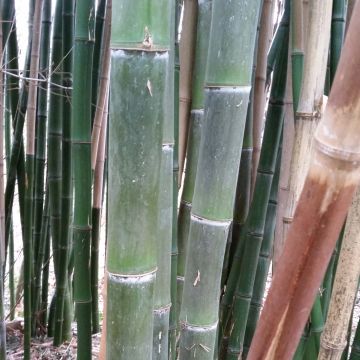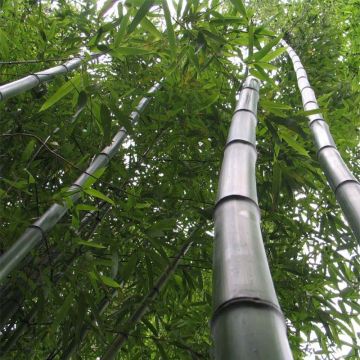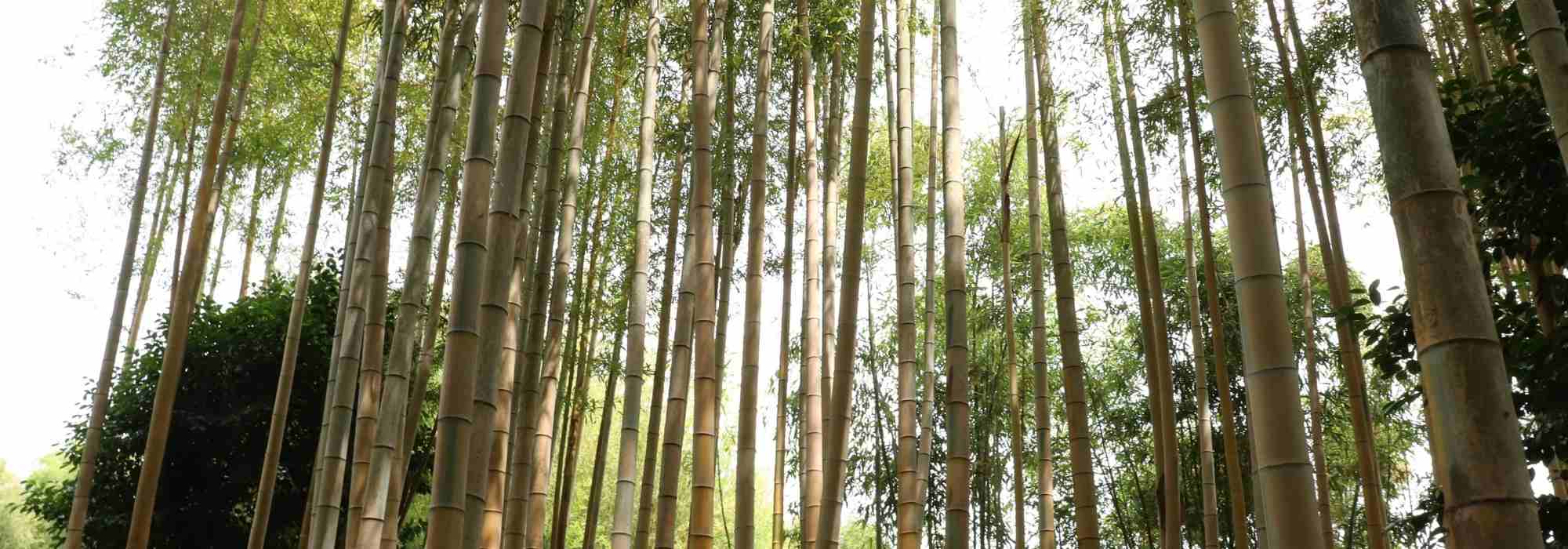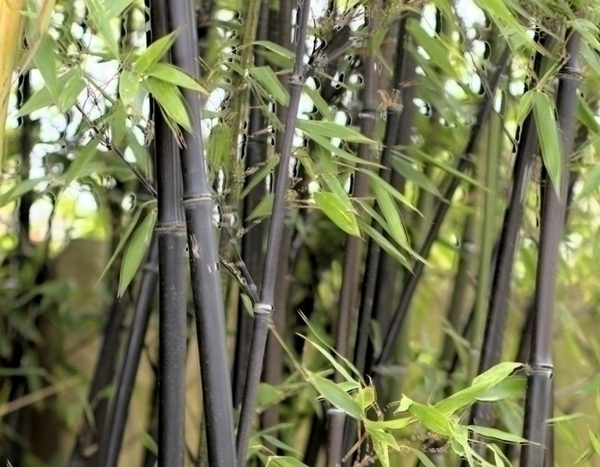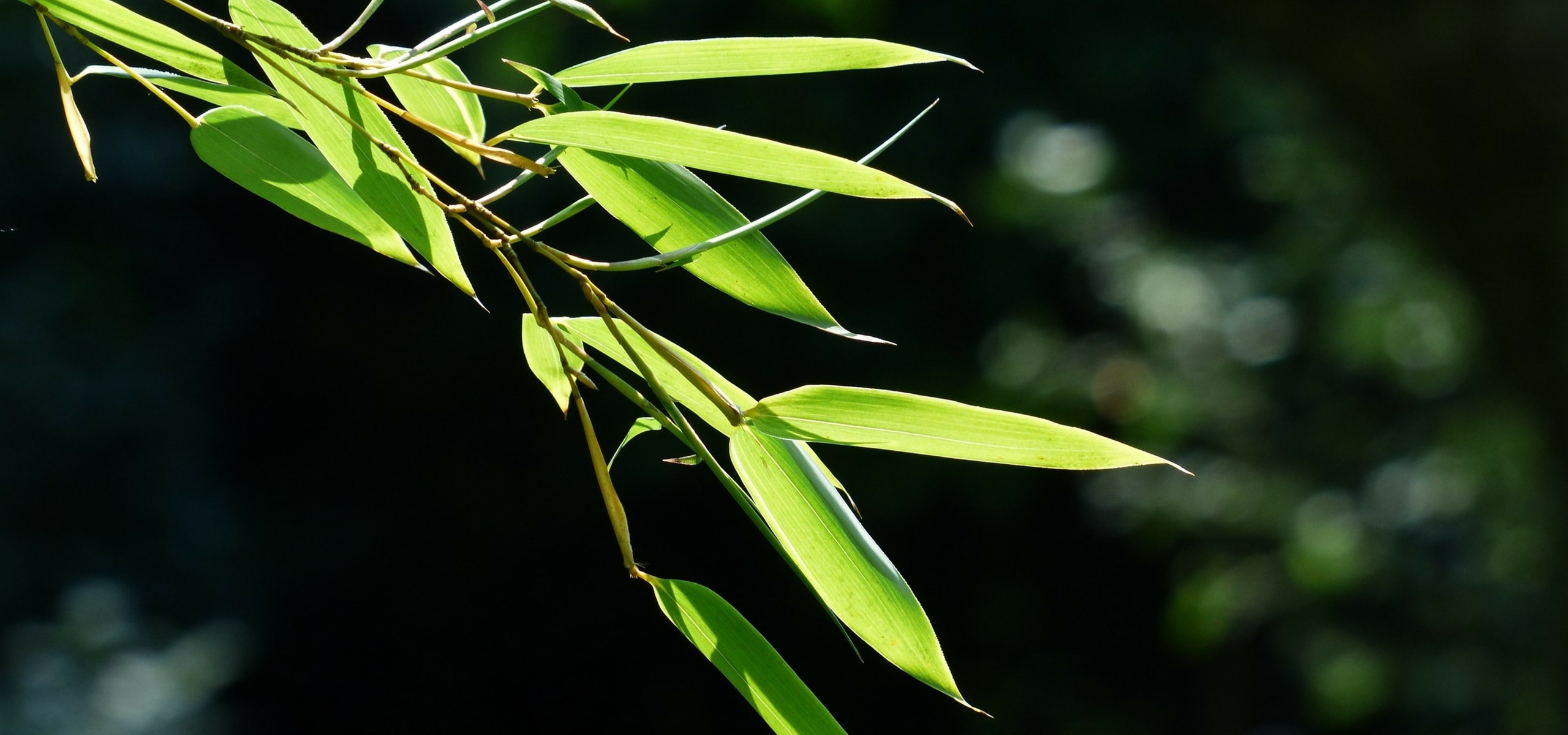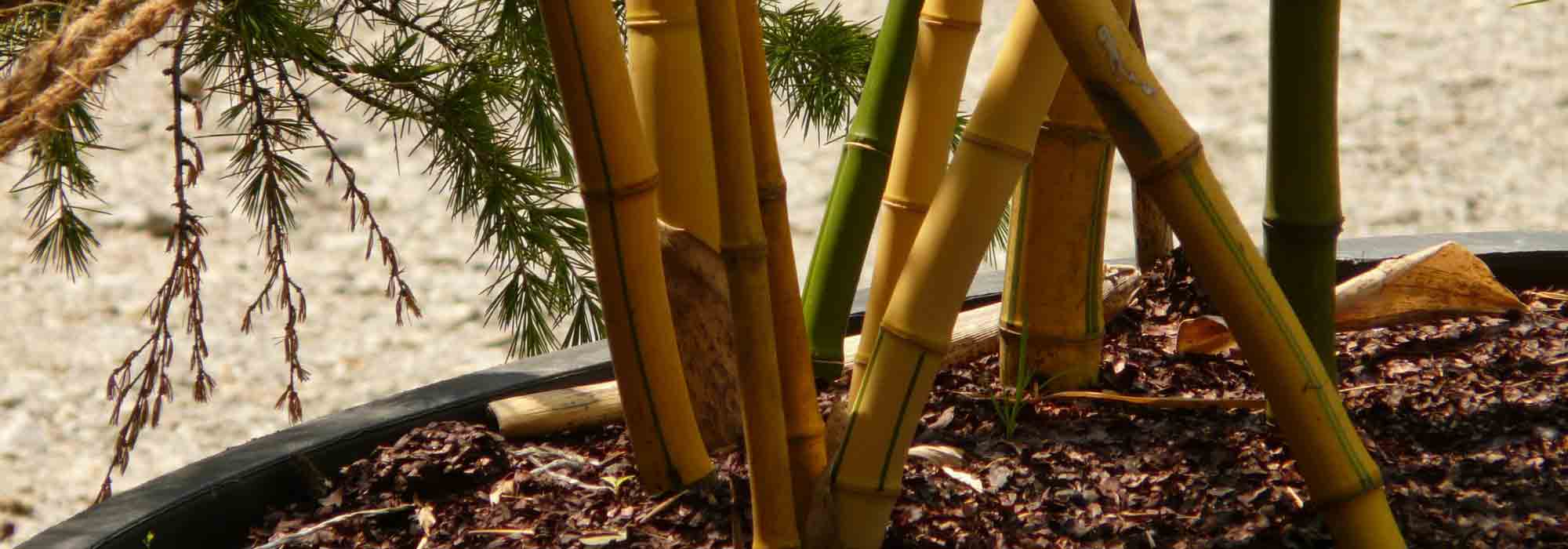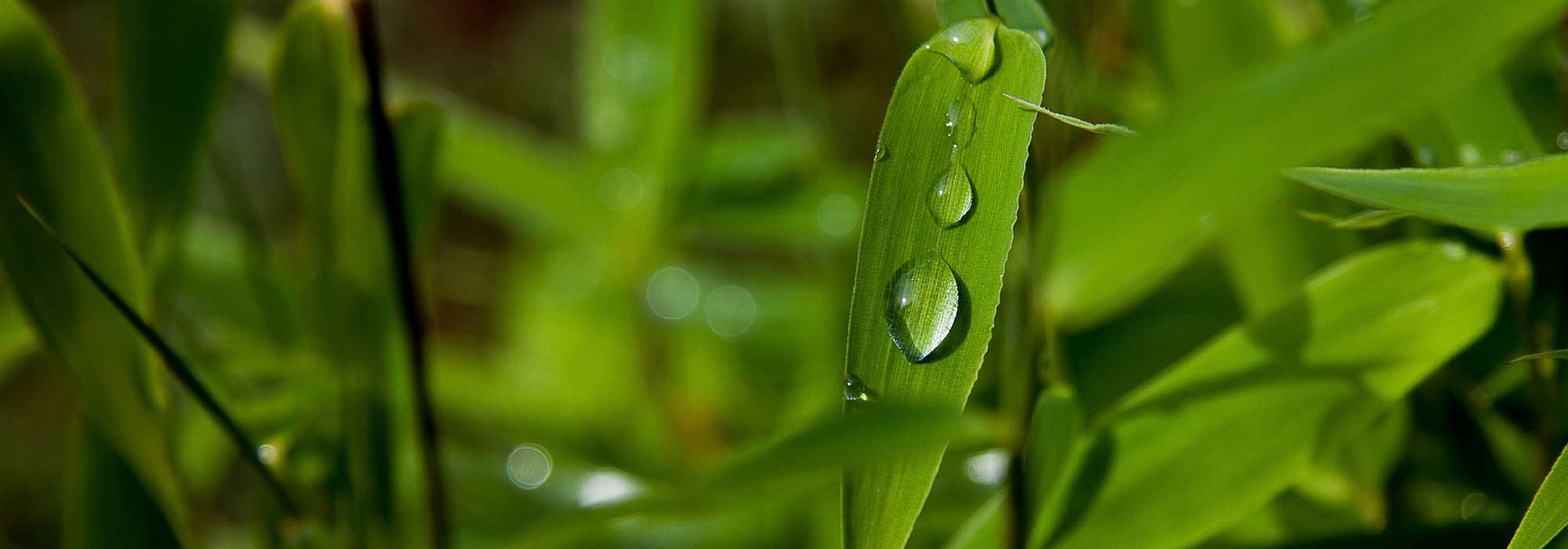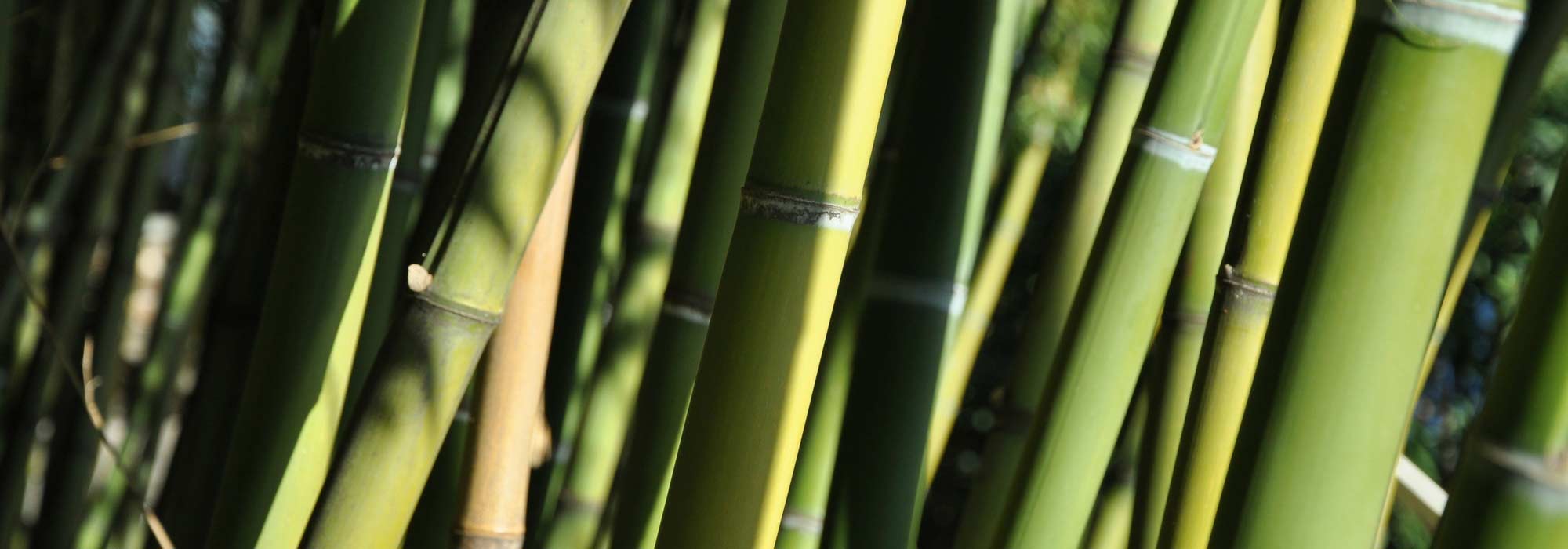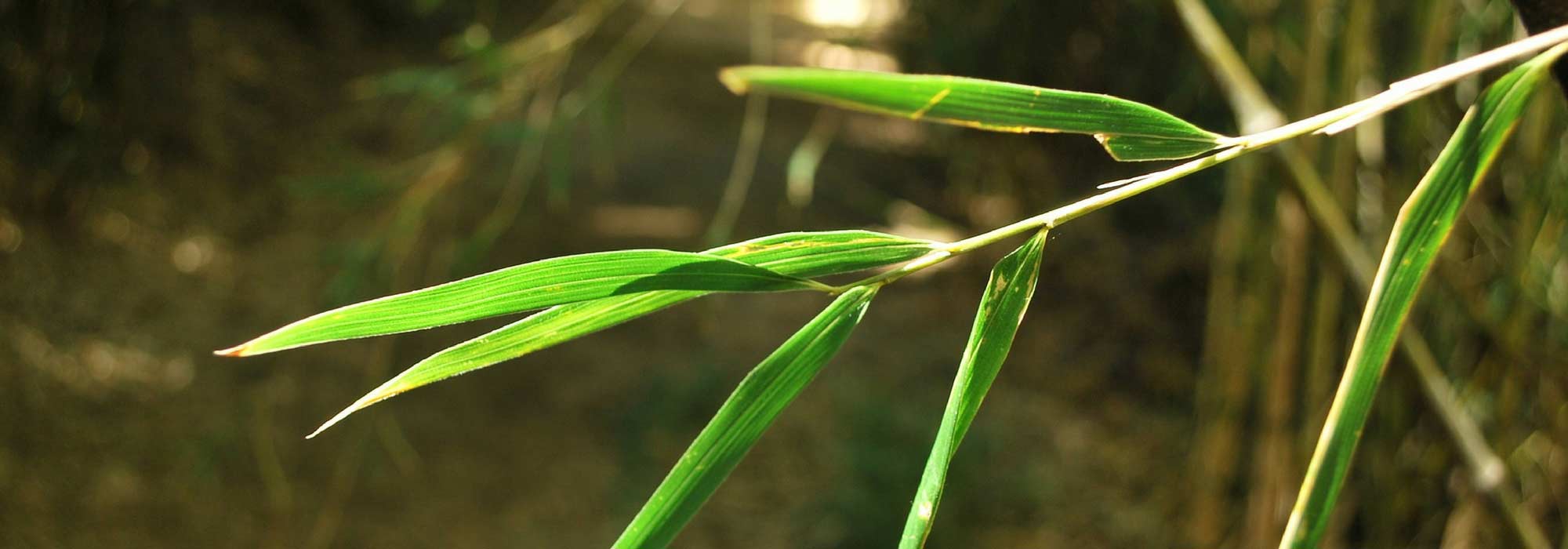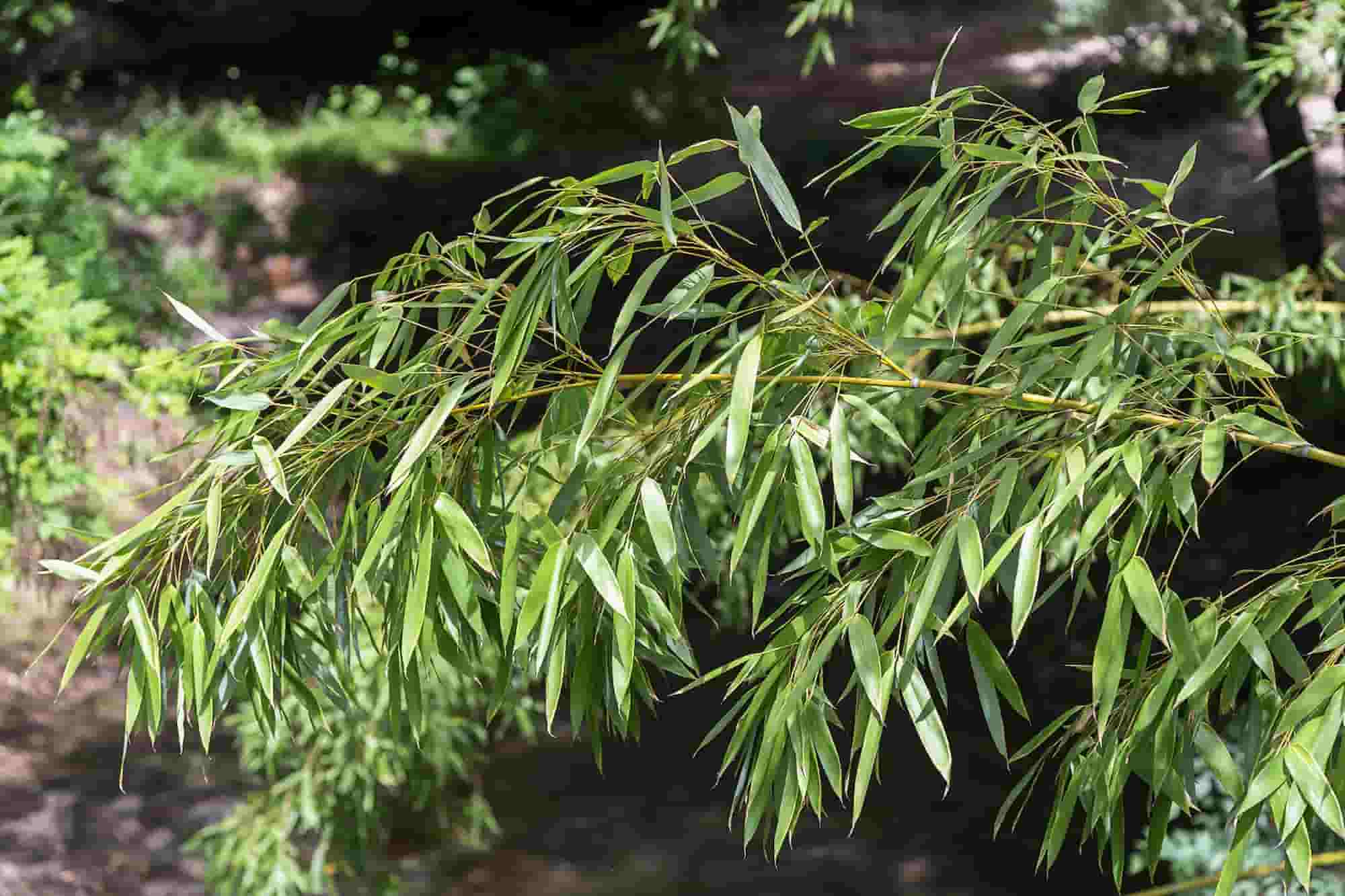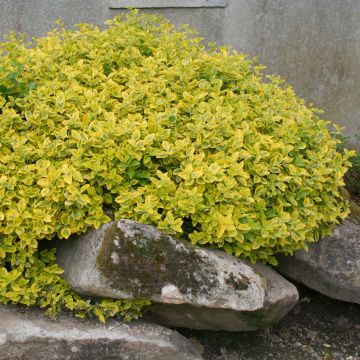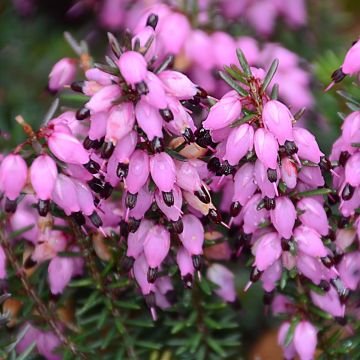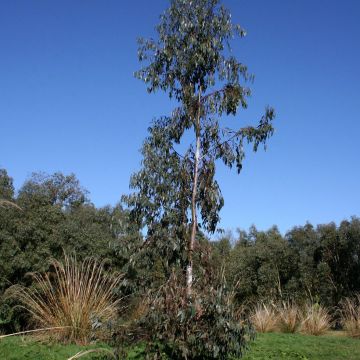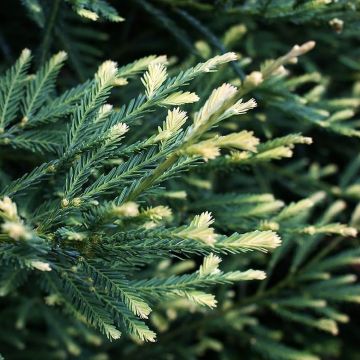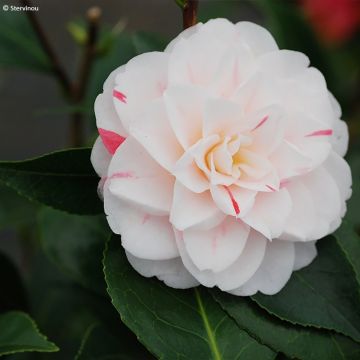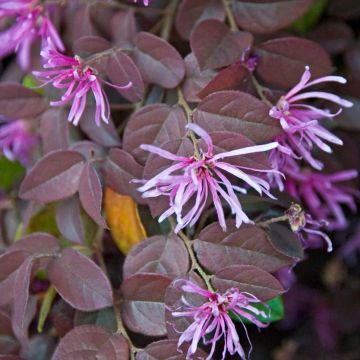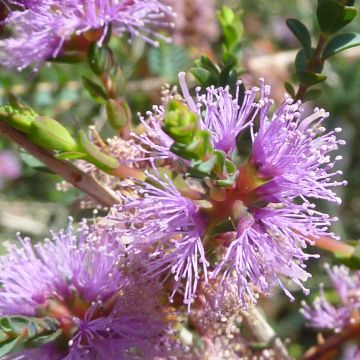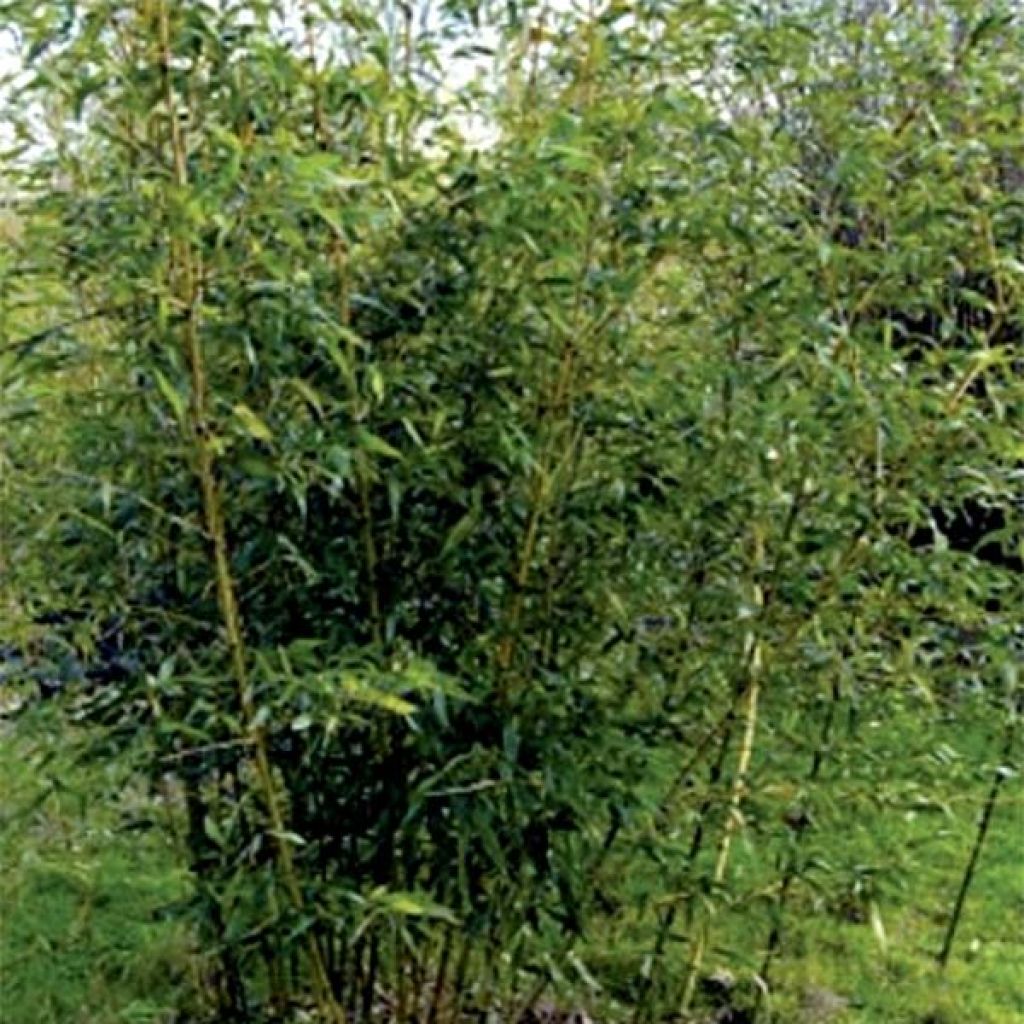

Phyllostachys bambusoides Castillonii Inversa - Giant Bamboo
Phyllostachys bambusoides Castillonii Inversa - Giant Bamboo
Phyllostachys bambusoides Castilloni Inversa
Giant Bamboo
ATTENTION This magnificent bamboo has been flowering since mid-2017 and still is this autumn!!!! So, is it appropriate to continue selling it, knowing that it flowers throughout Europe, regardless of the country and climate...
Dominique, 10/12/2018
Special offer!
Receive a €20 voucher for any order over €90 (excluding delivery costs, credit notes, and plastic-free options)!
1- Add your favorite plants to your cart.
2- Once you have reached €90, confirm your order (you can even choose the delivery date!).
3- As soon as your order is shipped, you will receive an email containing your voucher code, valid for 3 months (90 days).
Your voucher is unique and can only be used once, for any order with a minimum value of €20, excluding delivery costs.
Can be combined with other current offers, non-divisible and non-refundable.
Why not try an alternative variety in stock?
View all →This plant carries a 24 months recovery warranty
More information
We guarantee the quality of our plants for a full growing cycle, and will replace at our expense any plant that fails to recover under normal climatic and planting conditions.
Would this plant suit my garden?
Set up your Plantfit profile →
Description
Phyllostachys bambusoides 'Castillonii inversa' is a little-known giant bamboo despite its ornamental and spectacular appearance. This variety is the inverse or negative of the 'Castillonii' cultivar, its gigantic culms are very green and marked with yellow furrows. Taller and larger than 'Castillonii', it can reach impressive proportions in rich, cool soil in regions with hot summers. Like 'Castillonii', its dark green evergreen foliage is slightly striated with cream and is dense. This very spreading variety is perfect for quickly forming a windbreak hedge or bamboo forest that is truly remarkable.
Originally from China, Phyllostachys bambusoides belongs to the Poaceae family, it is a kind of giant woody grass. Reintroduced in France in 1980, the 'Castillonii Inversa' form was selected for its two-coloured culms and slightly variegated foliage, denser at the base than most giant bamboos. This variety can withstand freezes of around -12°C (10.4°F) prefers long hot summers, full sun, fertile and cool soil. It is a bamboo with superficial and very spreading rhizomes, capable of colonizing large areas over time. The plant produces straight and resistant culms that can reach 10cm (4in) in diameter and 12 to 15m (39 to 49ft) in height in our climates, depending on growing conditions. These culms are characterized by dark green nodes with a vertical yellow furrow, the green colour giving way to a more yellow shade when the culms are exposed to the sun. The evergreen leaves are dark green with slight cream to beige stripes. Narrow and lanceolate, 15 to 20cm (6 to 8in) long, they are densely clustered along the secondary culms that are implanted quite low on the culms.
Phyllostachys bambusoides 'Castillonii Inversa' is often planted as an isolated clump, in a grove or as an informal hedge. In a contemporary-style garden, it can be combined with certain palm trees and large ornamental grasses like Pennisetums, Deschampsias, or Miscanthus. It can be associated with other bamboos such as the 'Castillonii' variety, with yellow culms striped with green, but also with Phyllostachys aurea 'Holochrysa' or black bamboo, playing with the colours of the culms. Its young shoots are edible once boiled, and its culms, whose strength can be compared to that of steel, are often used as stakes or for the construction of pergolas and fences. Its very significant growth is not well suited for container cultivation.
Advice: Limit the spread of the spreading rhizomes of this bamboo by installing "anti-rhizome barriers" made of resin plates vertically in the ground from planting.
The flowering of Phyllostachys bambusoides 'Castillonii Inversa' has started. This will cause the withering and possibly the death of the planted subjects. That's why we have decided to temporarily stop the commercialization of this variety.
Plant habit
Foliage
Botanical data
Phyllostachys
bambusoides
Castilloni Inversa
Poaceae
Giant Bamboo
China
Other Phyllostachys
View all →Planting and care
Phyllostachys bambusoides 'Castillonii Inversa' is planted in spring or autumn with organic amendment. The ideal period is between September and November, when the plant develops its rootstock. Resistant to -12°C (10.4°F), it grows in rich, deep, firm but well-drained soil, moist in summer, not waterlogged, in sunny or lightly shaded position. Once established, it tolerates moderate drought episodes quite well. Mulch the young stump and water generously. Apply nitrogen fertilizer in February-March, then in July-August. Divide old clumps in spring. It loses its leaves as soon as the temperature drops below -8°C (17.6°F), but the very resistant stump allows for regrowth. Shelter it from cold and dry winds in winter. Watch out for slugs that like the young shoots. Limit the proliferation of trailing rootstocks of this bamboo by installing "anti-rootstock barriers" from the planting stage, which are resin plates driven vertically into the ground.
To enable this bamboo to better withstand the summer drought that occurs in some of our regions, plant it in deep soil and practice very abundant but spaced waterings: the rootstocks will sink deeply into the soil to store moisture.
Planting period
Intended location
Care
Planting & care advice
-
, onOrder confirmed
Reply from on Promesse de fleurs
Similar products
Haven't found what you were looking for?
Hardiness is the lowest winter temperature a plant can endure without suffering serious damage or even dying. However, hardiness is affected by location (a sheltered area, such as a patio), protection (winter cover) and soil type (hardiness is improved by well-drained soil).

Photo Sharing Terms & Conditions
In order to encourage gardeners to interact and share their experiences, Promesse de fleurs offers various media enabling content to be uploaded onto its Site - in particular via the ‘Photo sharing’ module.
The User agrees to refrain from:
- Posting any content that is illegal, prejudicial, insulting, racist, inciteful to hatred, revisionist, contrary to public decency, that infringes on privacy or on the privacy rights of third parties, in particular the publicity rights of persons and goods, intellectual property rights, or the right to privacy.
- Submitting content on behalf of a third party;
- Impersonate the identity of a third party and/or publish any personal information about a third party;
In general, the User undertakes to refrain from any unethical behaviour.
All Content (in particular text, comments, files, images, photos, videos, creative works, etc.), which may be subject to property or intellectual property rights, image or other private rights, shall remain the property of the User, subject to the limited rights granted by the terms of the licence granted by Promesse de fleurs as stated below. Users are at liberty to publish or not to publish such Content on the Site, notably via the ‘Photo Sharing’ facility, and accept that this Content shall be made public and freely accessible, notably on the Internet.
Users further acknowledge, undertake to have ,and guarantee that they hold all necessary rights and permissions to publish such material on the Site, in particular with regard to the legislation in force pertaining to any privacy, property, intellectual property, image, or contractual rights, or rights of any other nature. By publishing such Content on the Site, Users acknowledge accepting full liability as publishers of the Content within the meaning of the law, and grant Promesse de fleurs, free of charge, an inclusive, worldwide licence for the said Content for the entire duration of its publication, including all reproduction, representation, up/downloading, displaying, performing, transmission, and storage rights.
Users also grant permission for their name to be linked to the Content and accept that this link may not always be made available.
By engaging in posting material, Users consent to their Content becoming automatically accessible on the Internet, in particular on other sites and/or blogs and/or web pages of the Promesse de fleurs site, including in particular social pages and the Promesse de fleurs catalogue.
Users may secure the removal of entrusted content free of charge by issuing a simple request via our contact form.
The flowering period indicated on our website applies to countries and regions located in USDA zone 8 (France, the United Kingdom, Ireland, the Netherlands, etc.)
It will vary according to where you live:
- In zones 9 to 10 (Italy, Spain, Greece, etc.), flowering will occur about 2 to 4 weeks earlier.
- In zones 6 to 7 (Germany, Poland, Slovenia, and lower mountainous regions), flowering will be delayed by 2 to 3 weeks.
- In zone 5 (Central Europe, Scandinavia), blooming will be delayed by 3 to 5 weeks.
In temperate climates, pruning of spring-flowering shrubs (forsythia, spireas, etc.) should be done just after flowering.
Pruning of summer-flowering shrubs (Indian Lilac, Perovskia, etc.) can be done in winter or spring.
In cold regions as well as with frost-sensitive plants, avoid pruning too early when severe frosts may still occur.
The planting period indicated on our website applies to countries and regions located in USDA zone 8 (France, United Kingdom, Ireland, Netherlands).
It will vary according to where you live:
- In Mediterranean zones (Marseille, Madrid, Milan, etc.), autumn and winter are the best planting periods.
- In continental zones (Strasbourg, Munich, Vienna, etc.), delay planting by 2 to 3 weeks in spring and bring it forward by 2 to 4 weeks in autumn.
- In mountainous regions (the Alps, Pyrenees, Carpathians, etc.), it is best to plant in late spring (May-June) or late summer (August-September).
The harvesting period indicated on our website applies to countries and regions in USDA zone 8 (France, England, Ireland, the Netherlands).
In colder areas (Scandinavia, Poland, Austria...) fruit and vegetable harvests are likely to be delayed by 3-4 weeks.
In warmer areas (Italy, Spain, Greece, etc.), harvesting will probably take place earlier, depending on weather conditions.
The sowing periods indicated on our website apply to countries and regions within USDA Zone 8 (France, UK, Ireland, Netherlands).
In colder areas (Scandinavia, Poland, Austria...), delay any outdoor sowing by 3-4 weeks, or sow under glass.
In warmer climes (Italy, Spain, Greece, etc.), bring outdoor sowing forward by a few weeks.






























